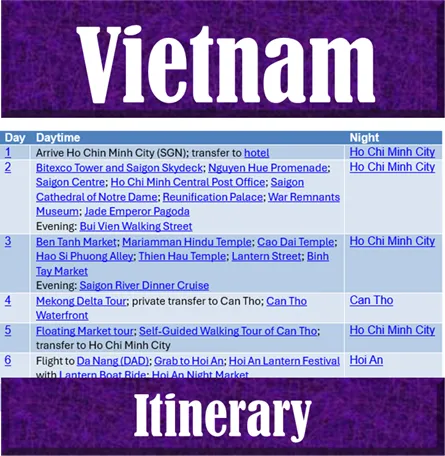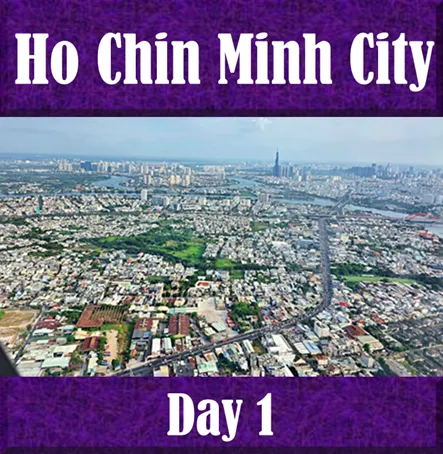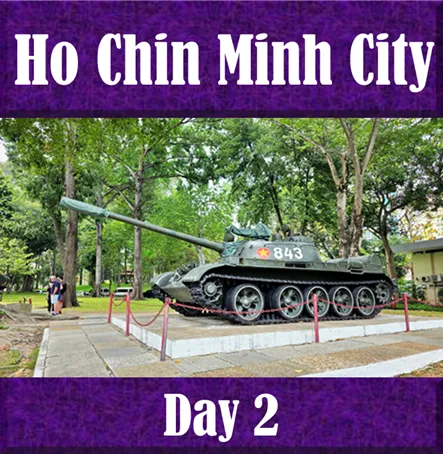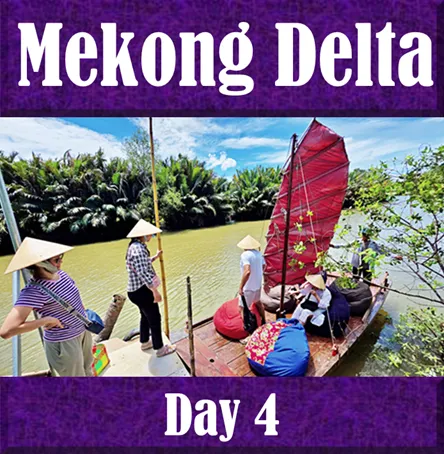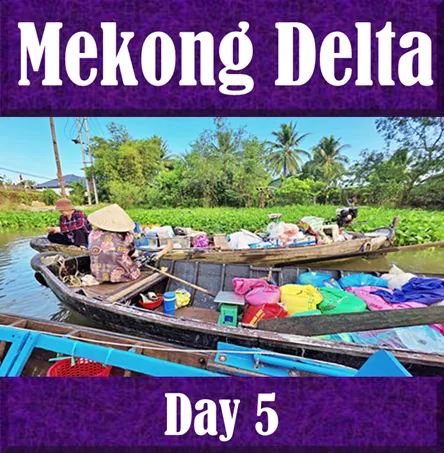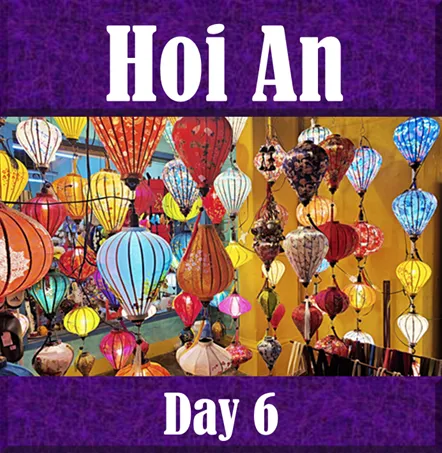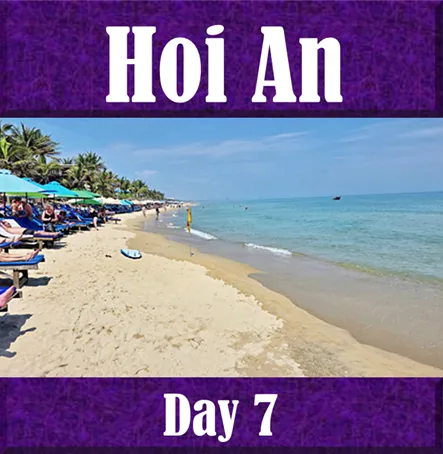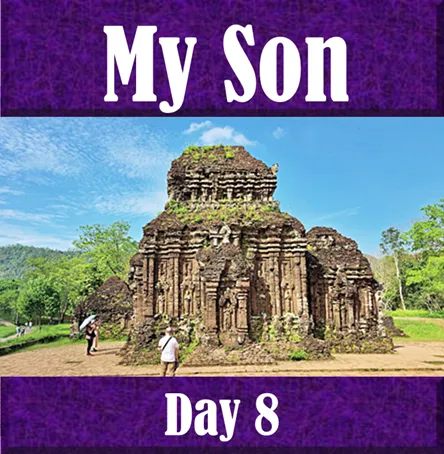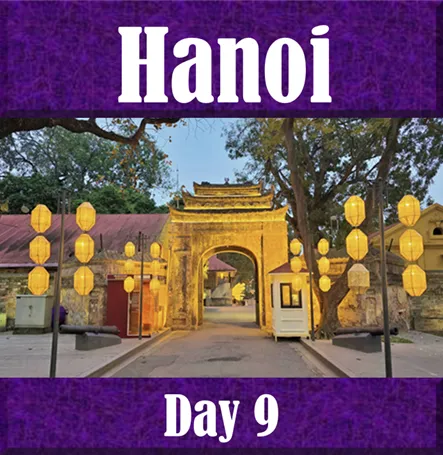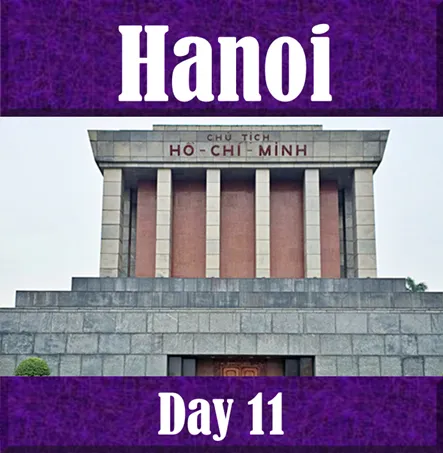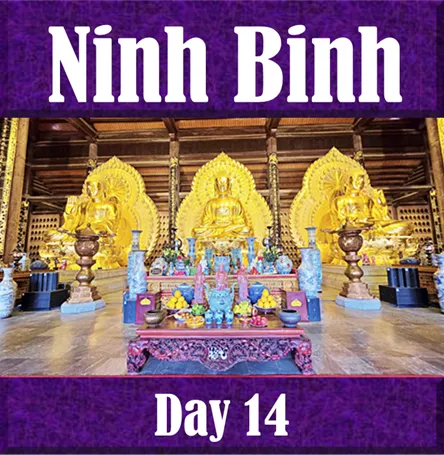Quan Thang Old House Hoi An: Merchant History & Carved Wood Architecture | Vietnam Purple Travel Guide
(map, reviews)
This is Premium Content! To access it, please download our
Backpack and Snorkel Purple Travel GuideTo enter, you need to have purchased the Hoi An Ancient Town Ticket.
The Quân Thắng Old House (Nhà Cổ Quân Thắng) stands out as one of the best-preserved examples of Vietnamese merchant homes from the late 18th century. This centuries-old house offers a rare glimpse into the elegant lifestyle, craftsmanship, and cultural values of Hội An’s wealthy trading families.
A Glimpse Into the Life of an 18th-Century Merchant
Built about 300 years ago (likely 1700s–1750s), the Quân Thắng Old House was the residence of a prosperous Chinese-Vietnamese merchant family. The original owner is believed to have been a member of the Minh Hương community, descendants of Ming Dynasty refugees who settled in Hội An and contributed significantly to the city's economic and cultural life.
Unlike more commercialized tourist spots, Quân Thắng remains a living heritage home, maintained by the same family for generations.
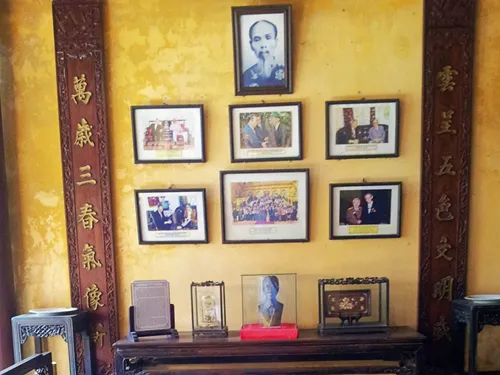
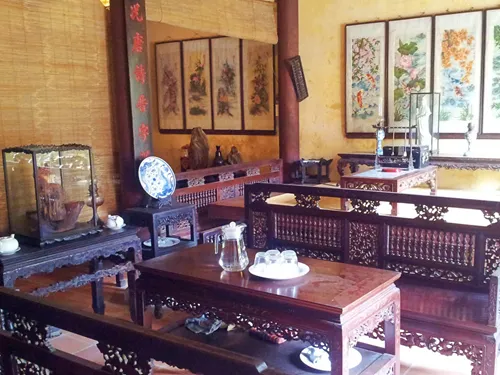
Architectural Features: A Blend of Beauty and Function
What makes the Quân Thắng Old House so special is its exceptionally preserved architecture, crafted by skilled artisans from Fujian, China, the same region as the original builders of Hoi An’s famous Fukian Assembly Hall.
Key Highlights Include:
Traditional Layout: A narrow, deep structure typical of merchant houses, with a front shop area, living quarters, and a central open-air courtyard for light and ventilation.
Exquisite Woodwork: Elaborate wooden carvings adorn every corner, from doors and columns to ceiling beams. Look for dragons, phoenixes, and peonies, all symbolizing longevity, power, and prosperity.
Chinese Influence: From roof eaves to calligraphic panels, the design reflects strong Chinese architectural elements, honoring the family’s ancestral roots.
Vietnamese Harmony: The house follows traditional feng shui principles, balancing energy flow through its open courtyard, altars, and entryways.
Roof and Structural Details: Built without nails, the wooden framework uses traditional joinery methods that allow for flexibility and strength, crucial in Vietnam’s humid climate and occasional flooding.
Cultural and Spiritual Significance
Like many historic homes in Hội An, Quân Thắng Old House was not only a residence, but it was also a place of worship and social gathering. Inside, you will find:
Ancestral altars, carefully maintained and actively used during rituals
Family heirlooms and old photographs that offer insight into daily life
Traditional furnishings, including carved wooden tables and mother-of-pearl inlays
Chinese couplets and symbolic artwork expressing Confucian ideals like loyalty, piety, and harmony
The home remains active during festivals like Tết (Vietnamese New Year) and death anniversaries, when descendants return to pay tribute to their ancestors.
Practical Information
Opening Hours: Daily from 8:00am – 5:30pm
Entry: Included in the Hoi An Ancient Town ticket
Photography: Allowed; be respectful inside sacred or ancestral areas
Here at Backpack and Snorkel Travel Guides, we promote self-guided walking tours.
But we realize that not everybody likes to walk by themselves in a foreign city. So, just in case that you rather go with ab guide: NO PROBLEM! Please see the Viator tours below.
paid Viator tours
Where do you want to go now?
Author: Rudy at Backpack and Snorkel
Bio: Owner of Backpack and Snorkel Travel Guides. We create in-depth guides to help you plan unforgettable vacations around the world.
Other popular Purple Travel Guides you may be interested in:
Like this Backpack and Snorkel Purple Travel Guide? Pin these for later:





